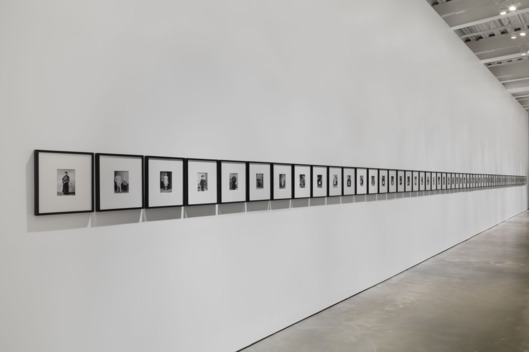New York Magazine – The art world likes to ask big art-centric questions like “Can art change the world?” We usually answer “Yes.” I usually disagree. Art can’t stop famine in sub-Saharan Africa or eradicate Zika. But art does change the world incrementally and by osmosis. Typically by first changing how we see, and thereby how we remember. Raymond Chandler invented early-20th-century L.A.; Francis Ford Coppola forged our vision of the Vietnam War; Andy Warhol combined clashing colors that were never together before and that palette is now ubiquitous; God creating Adam looks the way Michelangelo painted it; Oscar Wilde said “the mysterious loveliness” of fog didn’t exist before poets and painters. That’s big. But art as we now know it has narrowed. These days our definition of it is mainly art informed by other art and art history. Especially in the last two centuries — and tenaciously of late — art has examined its own essences, ordinances, techniques, tools, materials, presentational modes, and forms. To be thought of as an artist someone must self-identify as one and make what they think of as art. This center cannot hold. Why? It is far too tight to let real art breathe. read more
